Cannabis in California
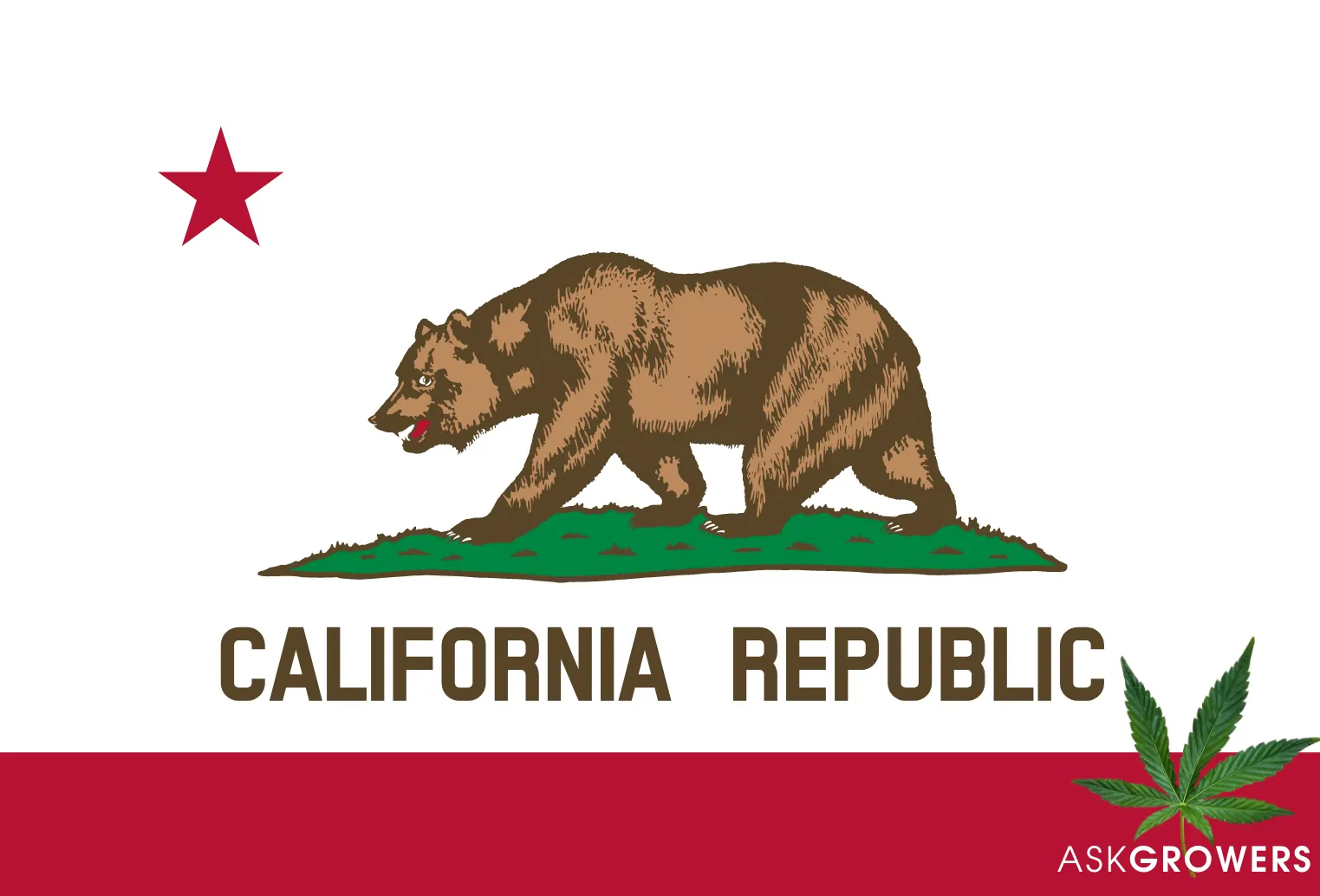
- Is weed legal in California?
- Buying Marijuana in California?
- Cannabis consumption in California
- Taxes on Marijuana in California
- California Medical Marijuana Card
- Transporting Marijuana in California
- Exporting Marijuana
- Growing Marijuana
- Licensing for growers, manufacturers, processors, retailers, etc.
- Sources
This review navigates all the complexities of California marijuana laws because the consumption and purchase of cannabis in this state are quite tricky. Despite the fact that medical and recreational hemp is decriminalized here, you should know all do’s and don’ts to keep you out of jail and safe if you are traveling to this state.
Is weed legal in California?
Cannabis has been cultivated in California since the 18th century. In 1810, the state produced 220,000 pounds of hemp for industrial use. Because of certain political events, the production subsidies were cut, and this led to a disappearance of the crop. At the beginning of the 20th century, the plant was criminalized. California legalized weed and its subsequent sales for medical purposes with the Act passed in 1996. The state was at the forefront to liberalize weed laws in the nation. The first attempts took place in 1972 with the first U.S. ballot initiative to make weed legal. Is marijuana recreational in California? Yes, weed has become legal here since 2016. The local government doesn’t prohibit 21 and older individuals to transport, possess, give away, or use cannabis recreationally. The possession limits are up to 1 ounce (28 grams) of marijuana or 8 grams of concentrated products. Adults are permitted to grow up to 6 plants within their private houses. Talking about qualified medical marijuana (MMJ) patients and their caregivers, they can transport and possess up to 8 oz. (227 grams) of weed and cultivate 6 mature (or 12 immature) plants. California retailers offer an array of hemp-infused products for sale. Check the online menu of dispensaries to find goods for your needs saving your gas money and time.
Buying Marijuana in California?
Recreational marijuana was legalized in California in 2016, but state cultivators and businesses received licenses to sell and grow pot only in 2018. A specific Proposition to state-wide legalization allows each city to dictate its own cannabis sales laws, and only 1/3 of California cities allow hemp sale. Regular weed consumers in California should not be worried, since they have a constitutional right to buy the product every day. The purchase imposed limits are the same as for possession of marijuana (1 oz./28 g of flowers or 8 g of concentrate). Cannabis can be purchased in medical dispensaries within their operating hours (from 6 a.m. to 10 p.m.). If they choose, cities have the power to reduce these hours. Before driving to a store, check the hours online to be sure it is not closed. These institutions sell weed to patients of 18 and older and require a valid recommendation from a physician. At retail stores and recreational dispensaries, buyers should show their identification card with a photo to prove their age (21 and older).
Read Also: Guide To Buying Cannabis
The delivery service of both medical and recreational pot is also allowed. It can be either an independent delivery business or dispensary delivery. Similar to stores, they require ID proof. Cannabis can be delivered only to a physical address. It cannot be delivered to a youth center or any publicly owned place. The weed delivery limitation is the same as the one for possession. It is absolutely lawful to return cannabis products bought from licensed retailers. However, the return policy is specific to each vendor. California dispensary menu by city:
- dispensary Los Angeles
- weed shops in Sacramento
- best dispensaries in San Jose
- San Francisco cannabis shops
- San Diego dispensaries

Cannabis consumption in California
The legalization of weed in California is bound with consumption restrictions. The term “to smoke” houses the notion of marijuana use. It refers to carrying, burning, and inhaling a heated device/pipe for inhalation. Electronic vaporizers also fall under this category. The age to smoke hemp for recreational purposes is 21.
The consumption of marijuana is against the law in the following areas:
- in public places;
- in a car;
- in any area where tobacco smoking is not allowed;
- within 1,000 feet of a youth center/daycare/school;
- on federal lands (parks and forests under federal regulation).
You are allowed to consume cannabis in these places:
- in apartment/your private house (you can smoke in any private residence if its owner permits);
- in accessory buildings on the grounds of your private house if they are secure and enclosed from the public;
- in outdoor facilities or outside your private house (backyard) out of view of the public;
- in licensed facilities for hash consumption.
If your private house is within 1,000 feet of a youth center/daycare/school, you are allowed to smoke weed if kept undetectable.
If you are legally permitted to carry cannabis, don’t bring it on a daycare/school/youth center territory.
Taxes on Marijuana in California
The taxes on California recreational cannabis sales are pretty hefty because marijuana sales in this state are subject to both state and local taxation systems. The average retail sales tax is about 7-9%, while local governments add a 3-7% tax. Add a 15% hemp excise tax. Then, any city can impose a 5-20% tax on “marijuana business.” In total, get ready to be taxed up to 40%! California is considering dropping the excise tax to 11%, but these plans cannot be fulfilled in the immediate future. MMJ patients are forced to pay an excise tax, but they are exempt from a state sales tax. This can hardly be called relief because they also have to pay a local city sales tax.
California Medical Marijuana Card
With recreational pot being legal, getting an MMJ card is optional. With a medical card, qualified patients and their designated caregivers can get medical cannabis and receive certain advantages associated with it. As members of an MMJ program, these individuals can easily prove to law enforcement officers that they are permitted to grow and possess the amount of marijuana they need, which can exceed the legal recreational limit. In addition, they are deprived of paying a state sales tax on weed-infused products. The MMJ cards are valid for up to 1 year. When the card is issued, applicants are required to pay a fee according to the state’s program (approximately $100). California is a state that doesn’t support reciprocity associated with out-of-state MMJ cards. Non-residential medical patients of 21 and older are free to buy recreational cannabis, but they are imposed to pay taxes on recreational hemp.
How to Get a Medical Marijuana Card in California
Despite cannabis legalization, obtaining a state-authorized identification card for a California citizen still comes with benefits. With a physician’s recommendation, patients can get weed in larger quantities (up to 8 oz.). In some cities, doctors can give patients the legal ability to buy as much weed as needed. Read about the major medical cards rules on how to be qualified under the California program.
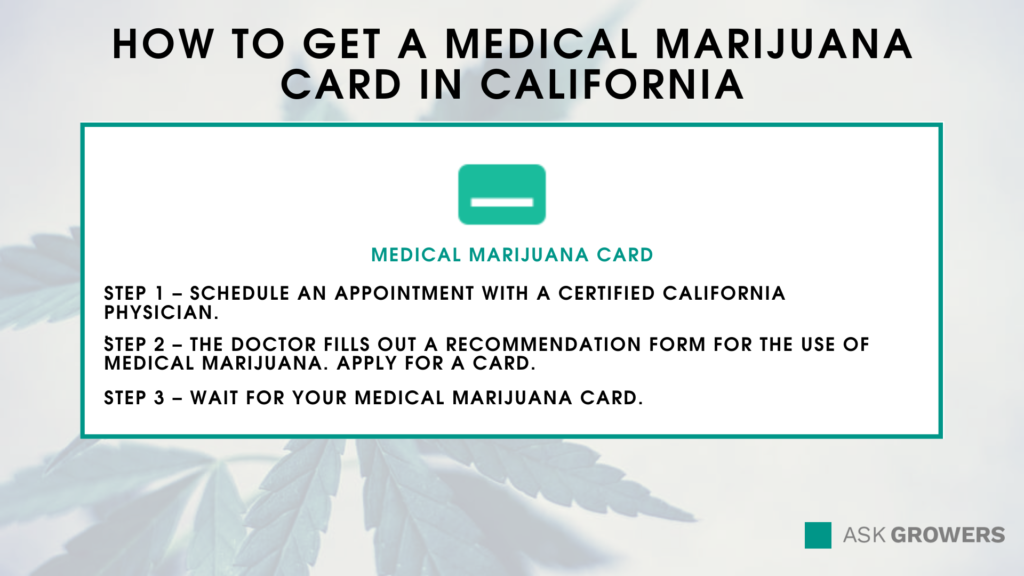
Diseases
To participate in the state MMJ program, individuals should be diagnosed with a certain qualifying condition. The California Department of Public Health lists the following diseases that qualify a patient to get the card:
- anorexia;
- HIV/AIDS;
- arthritis;
- spasticity;
- post-traumatic stress disorder (PTSD);
- migraine;
- wasting syndrome;
- glaucoma;
- multiple sclerosis;
- cancer.
Patients with such symptoms as persistent chronic pain, debilitating muscle spasms, seizures, depression, anxiety, insomnia, severe nausea, and other conditions that limit their ability for major life activities or can cause serious harm to their health if not alleviated. California healthcare professionals don’t prescribe cannabis but recommend it. This product is still considered as a Schedule Ι substance and can be approved for use by doctors to provide relief to people who are living with certain illnesses. These recommendations are made by physicians who specialize in evaluating individuals for the recommendations rather than a regular doctor. To make a verdict, the doctor reviews the existing medical records and medications used by the patient.
Patient qualifications
This is not obligatory for a patient with a qualifying condition to be a California resident. Out-of-state citizens or visitors can apply for an MMJ card and will be protected as cardholders if they are granted. The only exception is that non-residents will be charged additional taxes on medical hemp.
Patient registry process
To apply for the MMJ program, a person should get a doctor’s confirmation which states he/she needs cannabis for treatment purposes. Then, visit the California Department of Public Health website and fill in an application form. Provide current documentation required on the website, including proof of residency, identity, and medical certification. If applicants have a caregiver, his/her personal information will also be required. Have your photograph taken at the MMJ program office and pay the county fee. All requirements are enumerated on the website. If the MMJ program finds no reason to reject your application, it will contact you in 35 days. Usually, it takes a month for the application verification process, and 5 more days are required to make the card available for the applicant. If some information is missing, this can delay the processing time.

Caregiver qualifications
Minor patients and people who need assistance getting medical weed can designate a primary caregiver. This person should be 18 years old and bear responsibility for the patient’s health and safety. This can be an employee/operator of a licensed clinic, home health agency, hospice, or any individual. The caregivers cannot apply for MMJ cards. The patients should apply for an application instead of them. Their card expiration date and registration are valid for the same period as the patient’s MMJ cards. Also, they must make a payment that varies by county.
Transporting Marijuana in California
Adults who are 21 and older can legally transport a combination of hemp products with a total weight of 1 oz. (or 8 grams of concentrates). The goods should be kept in a sealed container or in the trunk. Transportation in an open container is prohibited. This rule is valid for all passengers in a motorized vehicle. Smoking/ingesting cannabis inside a car (as well as smoking weed in public) is punished with a fine even if the car is not operated. Driving under the influence of hemp is against the law. The driver will face strict penalties that range from license suspension, fines, jail time, or informal probation. The penalty increases with each conviction. For a worry-free weed experience, use public transport after hemp consumption.
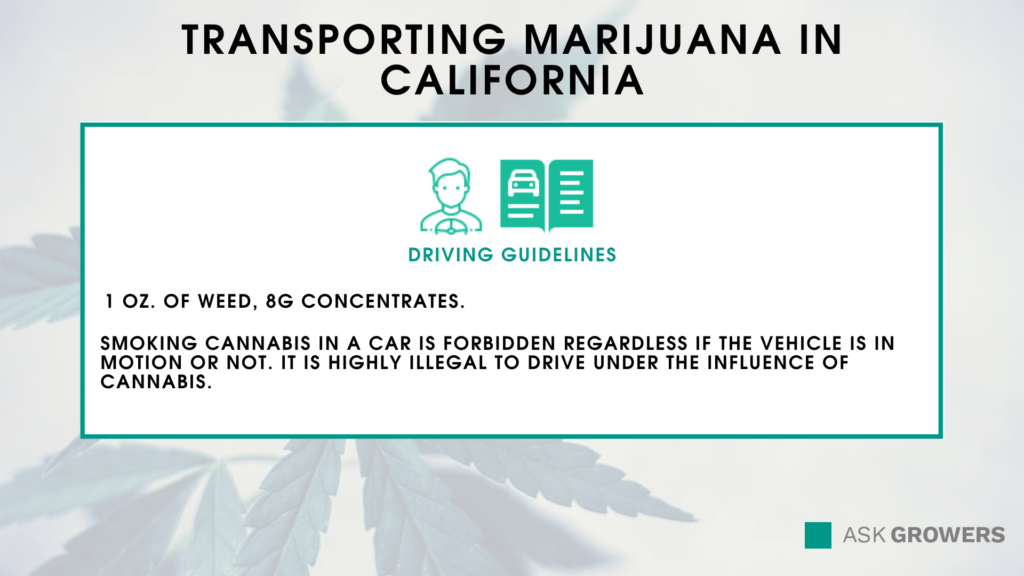
Exporting Marijuana
Despite the fact that the states neighboring California have made marijuana legal, cannabis remains federally illegal. It is against the law to export any weed products across state lines (through the mail or driven). Don’t take cannabis with you for state-to-state travels because some airports have rigid rules against weed possession. When you cross state lines, you are put into federal jurisdiction, where marijuana is considered a Schedule Ι drug.
Growing Marijuana
California residents are allowed to grow a maximum of 6 cannabis plants per household at a time. Hemp should be cultivated in a locked space away from the public view. All harvested weed products should be kept safe within the private house of the owner. To have no troubles during the cultivation process, check your lease agreement, and discuss its legality with a property manager/landlord. Adults who participate in the home cultivation program should be 21 years old.
Licensing for growers, manufacturers, processors, retailers, etc.
Cannabis is the largest crop produced for its commercial value in California with the state providing most of the weed consumed in the USA. Northern California’s Emerald Triangle that includes Humboldt, Trinity, and Mendocino counties produces 60% of all U.S. weed. By 2019, 208 growers fulfilled a transition to licensed growing. Manufacturers who want to cultivate pot for commercial purposes should apply for a state license on the official website. The cultivation tax for 1 oz. of hemp flowers is about $9. All retailers, microbusinesses, distributors, dispensaries, testing laboratories, and other vendors in this industry should be registered with the program and get an appropriate type of license. Dispensaries with an “M” license are allowed to sell medicinal marijuana. Dispensaries with an “A” license can sell hemp products for recreational use, and there is a limited number of cities in California legalizing these pharmacies. Dispensaries can apply for both types of licenses. Also, there are combination licenses that allow cultivating, manufacturing, and retailing weed.
Sources
https://en.wikipedia.org/wiki/Cannabis_in_California
https://www.bcc.ca.gov/
https://cannabis.ca.gov/
https://www.cdph.ca.gov/Programs/CHSI/Pages/MMICP-FAQs.aspx
https://www.canorml.org/california-laws/california-cannabis-laws/
https://statelaws.findlaw.com/california-law/california-marijuana-laws.html
https://saclaw.org/articles/marijuana-laws-in-california-edl/

 Guides
Guides

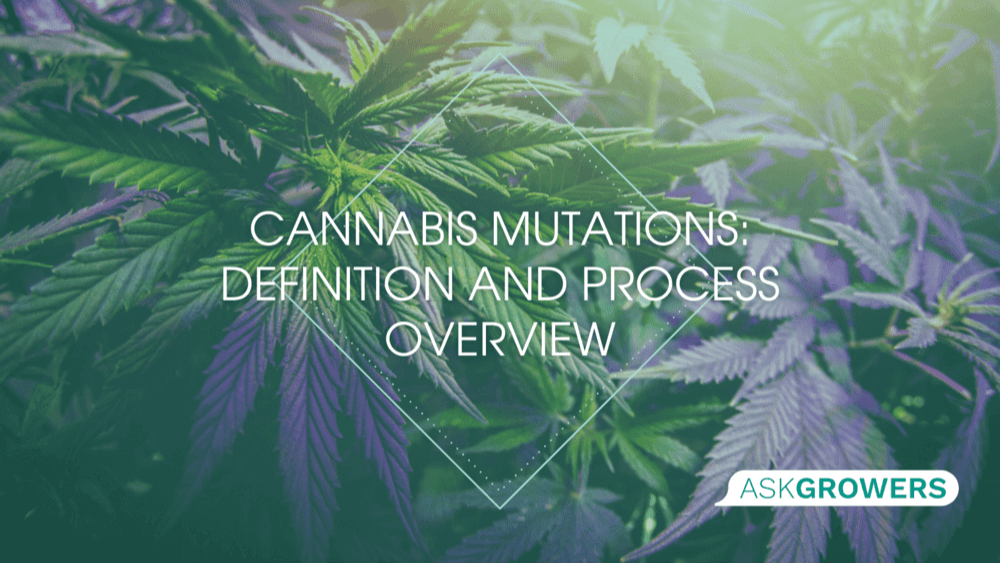
.png)
.png)
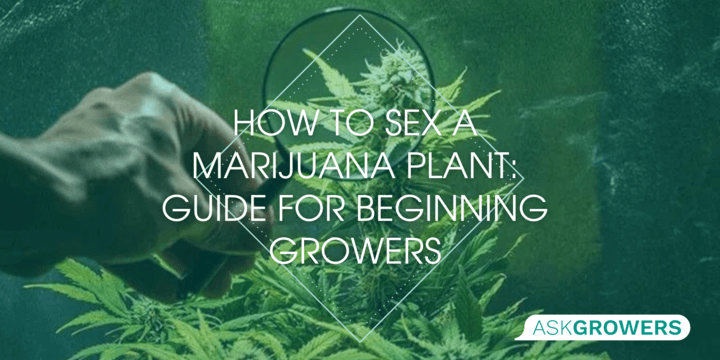


 (1).png)

.jpg)

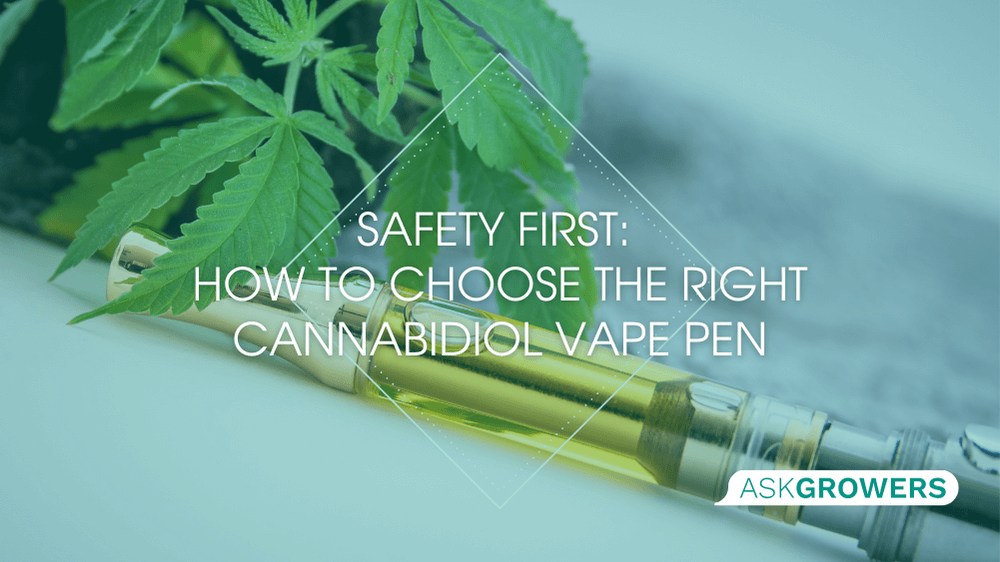
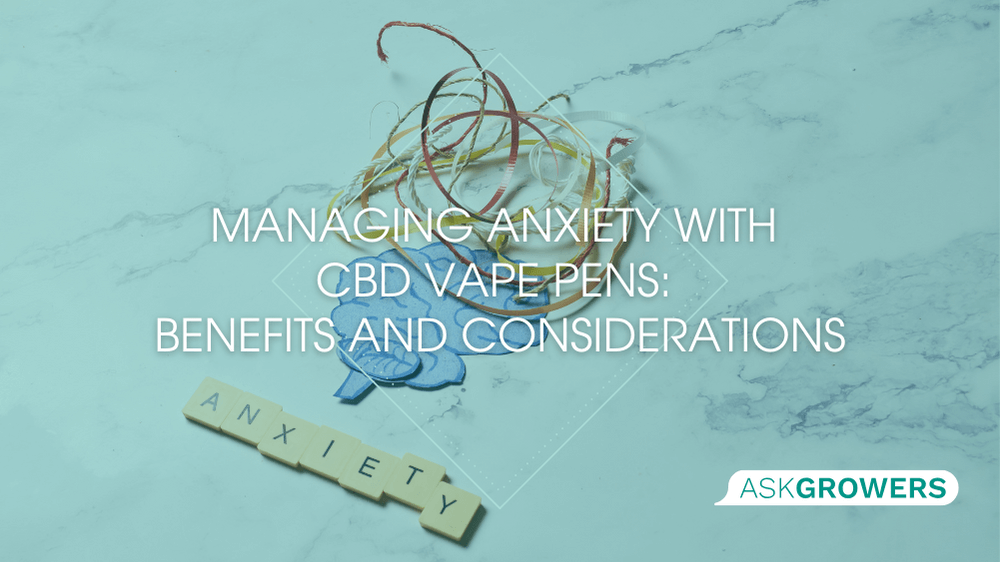
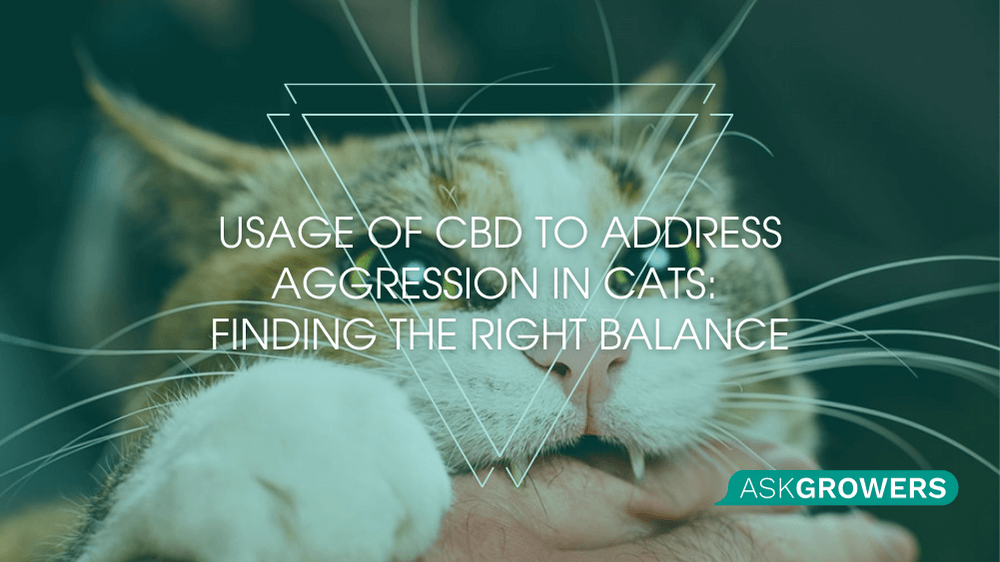
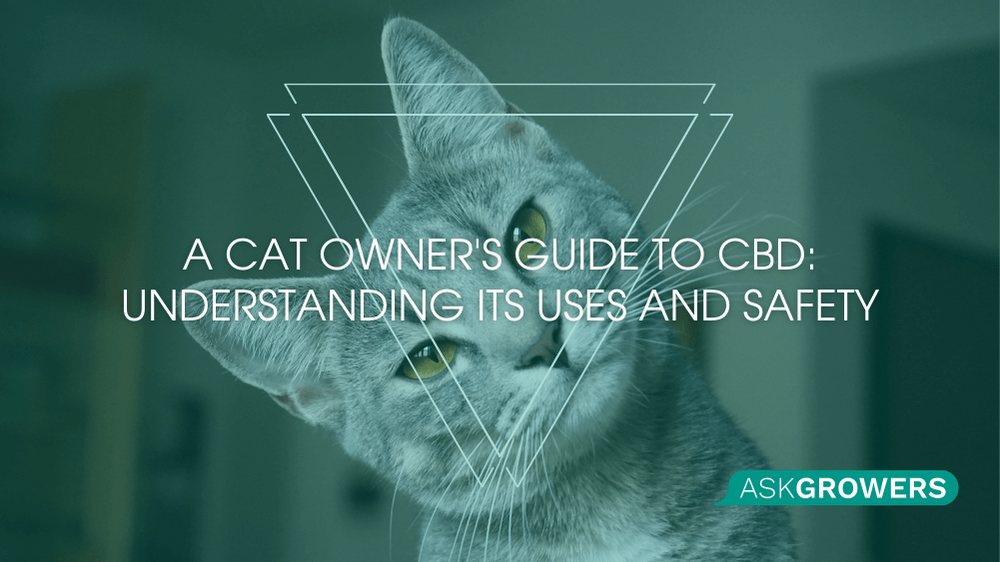
Be the first and share your opinion
Write a Review